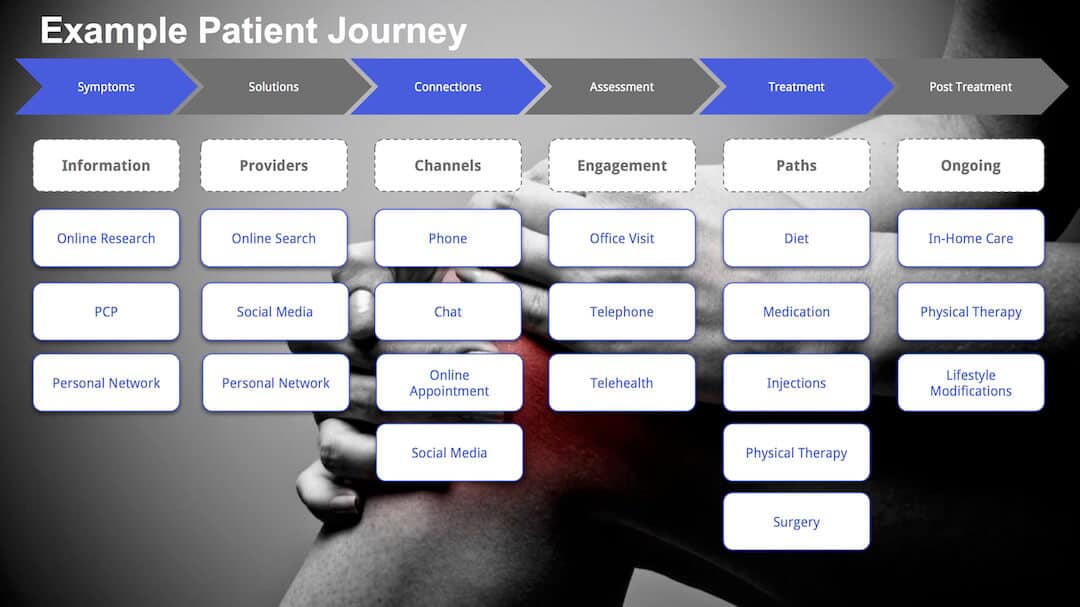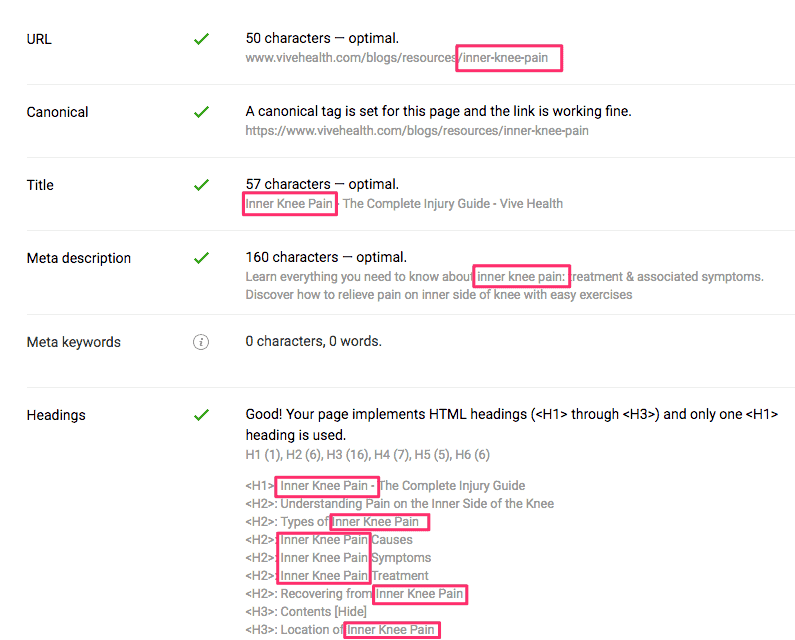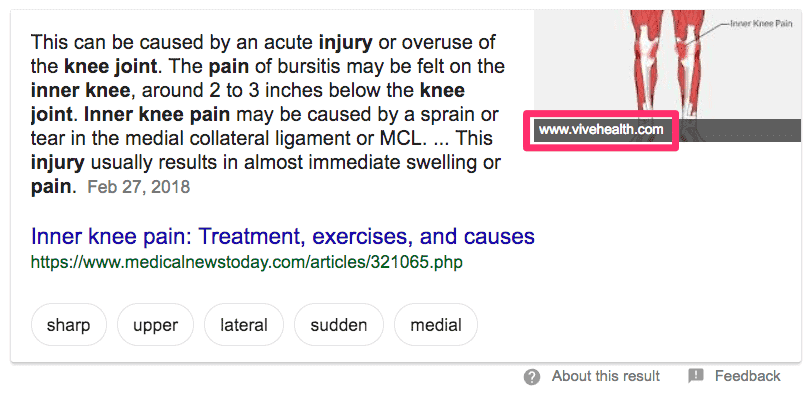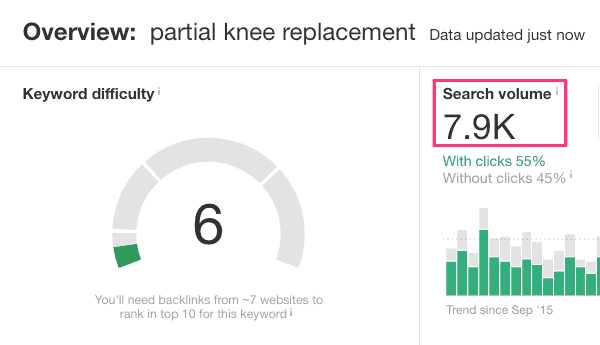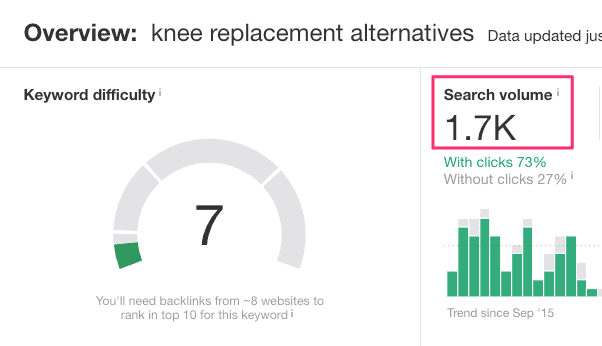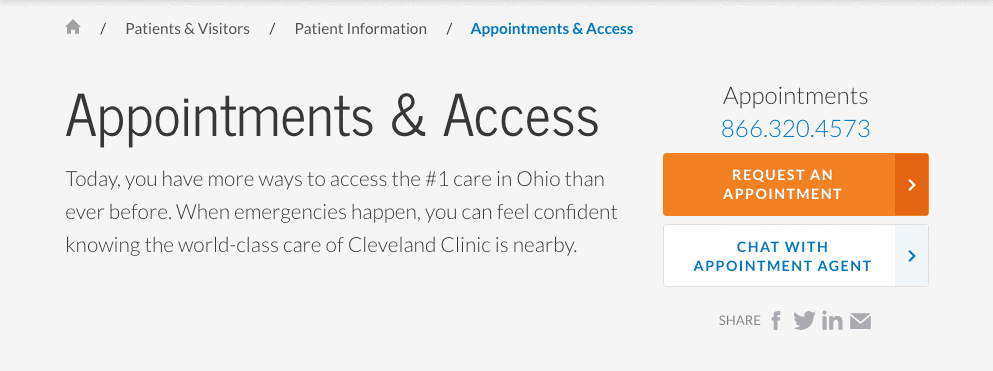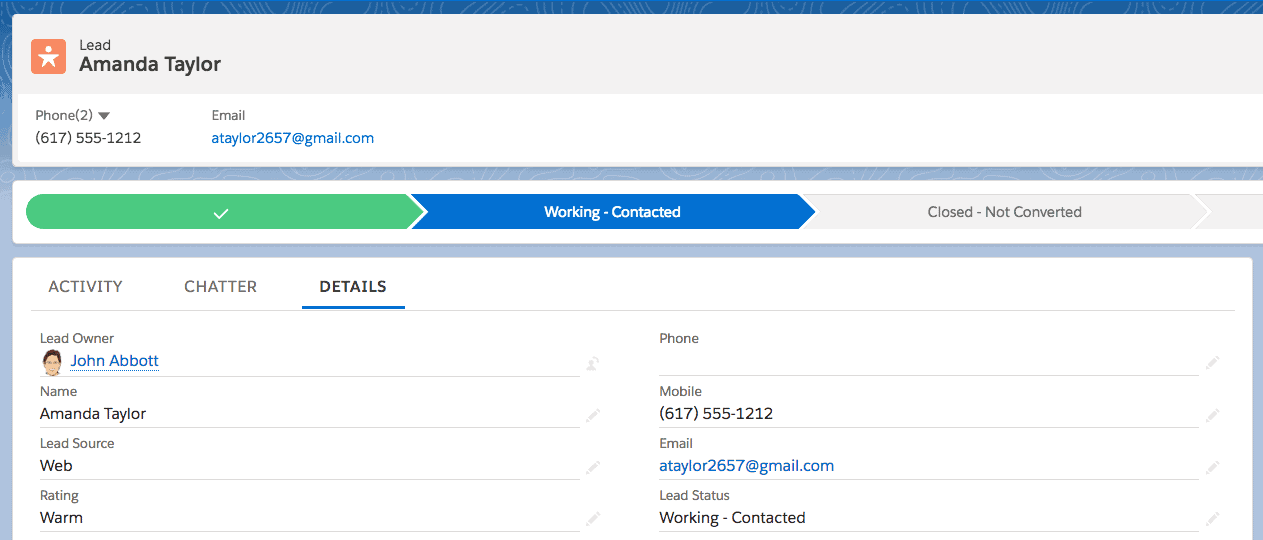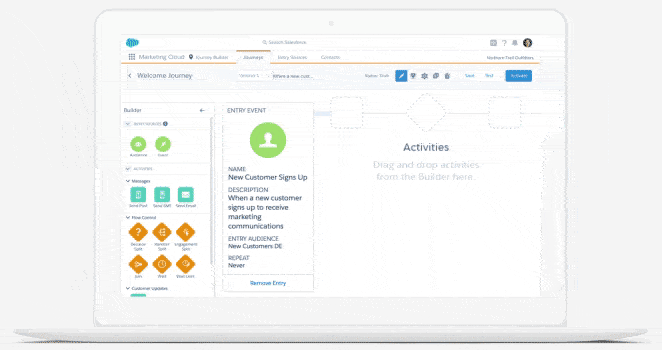 Many healthcare organizations are looking to increase their new patient acquisition rate via digital marketing efforts.
Many healthcare organizations are looking to increase their new patient acquisition rate via digital marketing efforts.
For healthcare digital marketing to be effective, it is important that the patient journey is mirrored by internal processes and the right mix of digital systems.
Rather than write in high level terms about a patient journey, I though I’d focus on a specific example.
Let’s look at someone is experiencing chronic inner knee pain. Here is what a simple journey map might look like.
Let’s say your organization offers both surgical and non-surgical options for alleviating inner knee pain.
How can you align your digital marketing efforts with points along the patient journey?
Your organization as an authoritative source of information
The patient journey often starts with an online search for information about the symptoms that they are experiencing.
For example, about 4,600 people per month in the U.S. use the search term “inner knee pain.”
Often, content on high authority domains such as WebMD.com and Healthline.com will show up in the top positions in the search results.
One of the top results for “inner knee pain” is a blog post on a lesser authority domain. According to a tool called Ahrefs, the post receives over 1,200 monthly visitors.
The post ranks well because it provides comprehensive information on types of knee pain, causes of knee pain and knee pain treatment. It also includes helpful images and videos. From an SEO perspective, the post is well optimized for “inner knee pain.” This is an analysis from a browser plugin called SEOQuake:
The image and a link to the post is also in the Featured Snippet in the Google Search results:
If you establish your organization as an online information resource for symptoms that are related to the care you provide, you are more likely to be aligned with a patient early on in their journey.
Your organization as the care solution
After doing initial research, the patient might then search for organizations that offer surgical options to address knee pain.
While doing online research on knee pain, the patient comes across the the concept of “partial knee replacement.” They search using these three words. The monthly U.S. search volume for “partial knee replacement” is almost 8,000. It is also a relatively easy keyword to rank for, which means that a handful of links to a page or post could cause this post to be on the first page of search engine results.
Two lesser authority domains have content that appears on the first page of the search engine results.
If the patient is not yet convinced that surgery is the only path, they might use the search term, “knee replacement alternatives.” The monthly search volume for this keyword is about 1,700 in the U.S. This is also a relatively easy search term to rank for.
Perhaps your organization offers alternatives to knee replacement surgery such as weight management and/or physical therapy. If so, creating content that ranks high for “knee replacement alternatives” will better align your organization with this step in the patient journey.
Connections: Visitor Conversion
At this stage in the journey, the patient wants to connect with someone at a hospital or clinic. They want to speak to a representative or schedule an appointment with a physician.
In healthcare digital marketing speak, “conversion” occurs when a visitor to one of your website pages makes an effort to connect with you to get more information or set an appointment. Conversion could also be when the visitor downloads a study or a whitepaper in exchange for their contact information.
Ideally, a patient should be provided with multiple options for getting in touch with a representative of your organization or for scheduling an appointment.
The options, some of which are not mutually exclusive, can include:
- Call us
- Chat with us online
- Email us
- Request a callback (via form submission)
- Schedule a an appointment for a orthopedic evaluation
- Follow us on social media
Cleveland Clinic, for example, focuses on getting the visitor to set an appointment by presenting multiple communication channels:
Capturing prospective patient information in a CRM system
A prospective patient who has inquired about knee surgery (or alternatives to knee surgery) can be added as a shared record in a CRM system.
The record can contain notes from the initial conversation, including the symptoms expressed by the prospective patient. Details of follow up discussions can be logged.
If the patient was referred by a physician, this can also be tracked in CRM.
Stay in touch communications
While knee replacement surgery is commonplace, there is some risk of complications. There is post-surgery pain and there’s downtime. For these reasons, someone in need of a partial or total knee replacement may choose to put off surgery.
When a prospective patient has opted into email (or text) communications, a series of informational emails can be sent during the “delay period.”
Some of this content may serve to allay concerns or fears that the prospective patient has about the procedure.
The same “stay in touch” approach can be used for non-surgical treatments.
Post care follow up
After care has been provided to the patient, outbound digital communication tools can be used to send the patient reminders, updates and any other useful content that will help the patient with the successful continuation of their journey.
In addition, your organization can remain at the top of the patient’s mind. This can translate into referrals and other future revenue producing activity.
The healthcare digital marketing technology stack
The technology stack for alignment with the patient journey can consist of:
- A content management system such as WordPress or Drupal
- A chat application such as Salesforce Live Chat
- A CRM system like Salesforce Health Cloud
- A marketing system such as Salesforce Marketing Cloud
Components of the technology stack can also be used during the Assessment and Care stages of the patient journey. For example, Salesforce Health Cloud is commonly used for care management.
About J2 Interactive
 J2 Interactive is an award-winning software development and IT consulting firm specializing in customized solutions for manufacturers, hospitals, labs, research institutions, and health information exchanges.
J2 Interactive is an award-winning software development and IT consulting firm specializing in customized solutions for manufacturers, hospitals, labs, research institutions, and health information exchanges.
Our approach to design and development is rooted in a fundamental belief that systems succeed or fail based on how well they serve the people who depend upon them.

